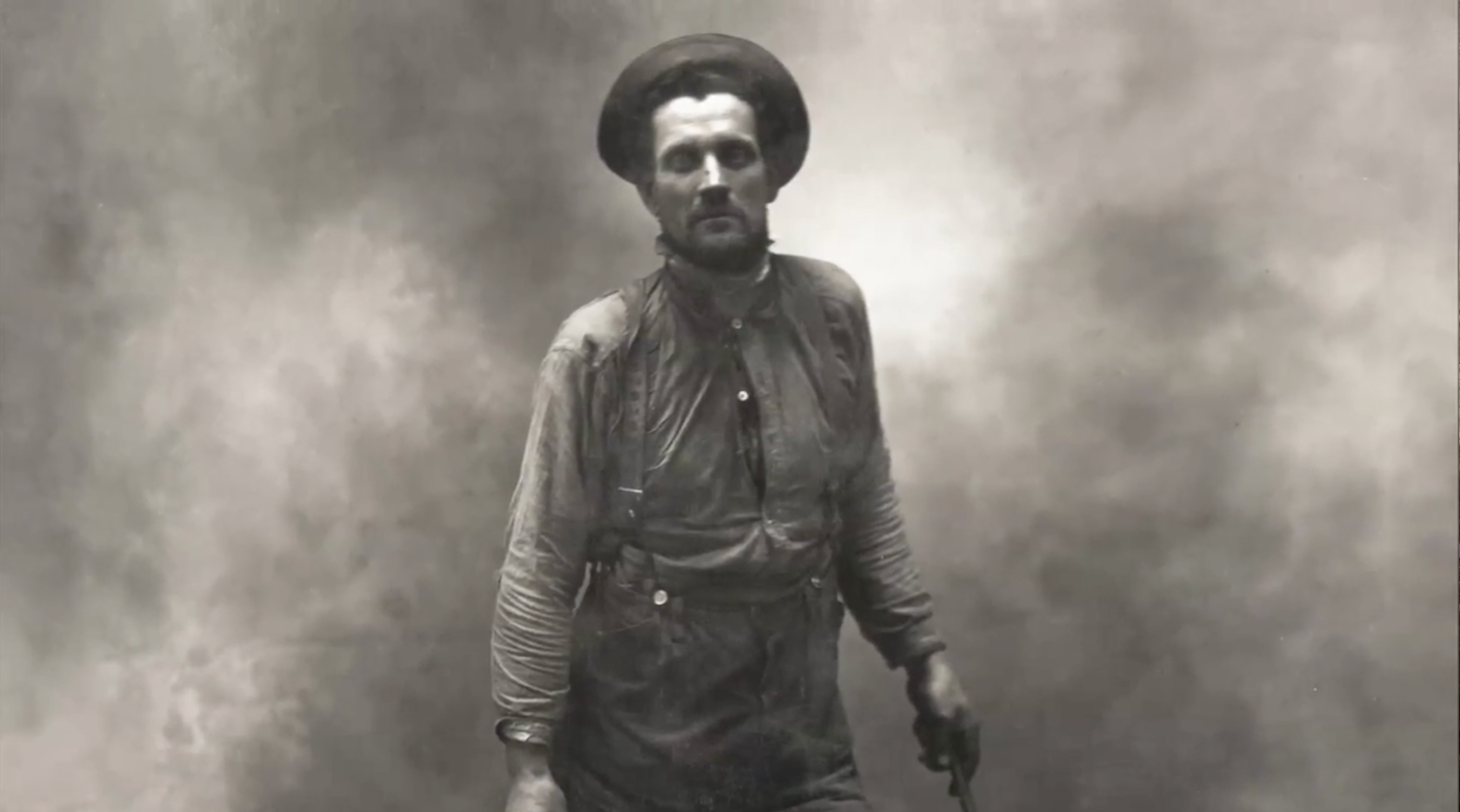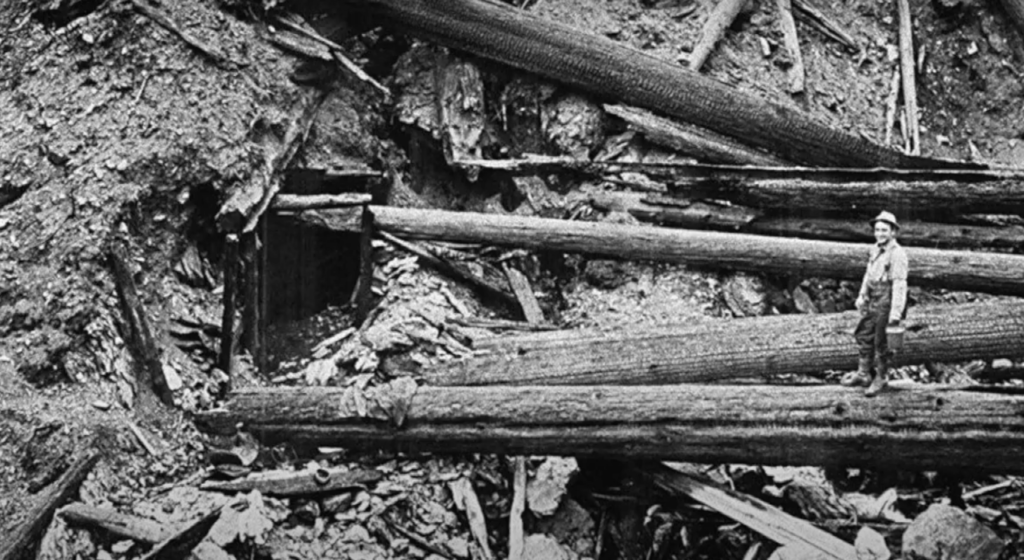Ed Pulaski: Wildland Firefighting Pioneer & Hero of the Great Fire of 1910

Screen grab from PBS’ “The Big Burn: Chapter 1”
The 48-hour period between Aug. 20 and Aug. 21, 1910, saw 3 million acres of timber burned to a crisp, shattered into splinters, or charred beyond what is considered to be salvageable. The damage was a result of hurricane-force winds that pushed wildfires across Washington and through the forestlands of northern Idaho and western Montana.
A forester and a witness to the devastation described the firestorms as “fanned by a tornadic wind so violent that the flames flattened out ahead, swooping to Earth in great darting curves, truly a veritable great demon from hell.” Another told a reporter, “The fire turned trees into weird torches that exploded like Roman Candles.”
The towering wall of flame, which later became known as the “Big Blowup” or “The Great Fire of 1910,” had traveled at great speeds and engulfed mountainsides and hillsides in seconds. Ashes from the massive wildfire floated as far as Greenland, and the smoke carried as far as New England — Bostonians reported looking toward the skyline to see that the sun appeared an unearthly copper color. Those caught in between were lucky to make it out alive.

Eighty-six people died in the blaze, including several firefighters who tried to protect towns from being wiped off the face of the Earth. Among the survivors was U.S. Forest Service Ranger “Big Ed” Pulaski, who understood wildfire behavior and could traverse trails in the Coeur d’Alene National Forest near the town of Wallace, Idaho, with ease.
In the direct path of the flames, the townspeople, mostly women and children, boarded trains to escape, while other Wallace residents threw water on the roofs of their homes in hopes the fire would pass. Volunteer firefighters surrounded the perimeter but were ill equipped with shovels, buckets of water, and handheld tools typically found on farms. The inferno on the doorstep of the town roared like “a thousand trains going over a thousand steel trestles” and those who stayed behind didn’t have a fighting chance.

When the winding fire overwhelmed the town, it was no longer an option of escape for Pulaski and his 45-man crew of firefighters. Pulaski instructed his crew to take refuge in the nearby War Eagle mine shaft and held them at gunpoint as “encouragement” to stay put. Through his quick thinking he saved the lives of 40 of his men, but sadly five men and two horses died. After the destruction was over, Pulaski, while under guidance from his USFS Supervisor William Weigle, created an axe-mattock-shovel combined tool in his blacksmith shop. The tool’s intentions were for both planting and other forestry work, but Pulaski saw value for a versatile firefighting tool.
The axe side’s purpose was for cutting branches and large materials, and the mattock side was used for creating fireline, which involves digging up the ground’s surface to remove fuel and create a break in the fire’s path. Pulaski’s new tool, which he named after himself, was used through the 1920s in the Rockies; by the ’30s, Pulaski tools were in the hands of wildland firefighters nationwide.
The result of one of the largest fires in U.S. history was the creation of the popular Pulaski, which remains one of the most invaluable tools in a wildland firefighters arsenal more than 100 years later.

Matt Fratus is a history staff writer for Coffee or Die. He prides himself on uncovering the most fascinating tales of history by sharing them through any means of engaging storytelling. He writes for his micro-blog @LateNightHistory on Instagram, where he shares the story behind the image. He is also the host of the Late Night History podcast. When not writing about history, Matt enjoys volunteering for One More Wave and rooting for Boston sports teams.
BRCC and Bad Moon Print Press team up for an exclusive, limited-edition T-shirt design!
BRCC partners with Team Room Design for an exclusive T-shirt release!
Thirty Seconds Out has partnered with BRCC for an exclusive shirt design invoking the God of Winter.
Lucas O'Hara of Grizzly Forge has teamed up with BRCC for a badass, exclusive Shirt Club T-shirt design featuring his most popular knife and tiomahawk.
Coffee or Die sits down with one of the graphic designers behind Black Rifle Coffee's signature look and vibe.
Biden will award the Medal of Honor to a Vietnam War Army helicopter pilot who risked his life to save a reconnaissance team from almost certain death.
Ever wonder how much Jack Mandaville would f*ck sh*t up if he went back in time? The American Revolution didn't even see him coming.
A nearly 200-year-old West Point time capsule that at first appeared to yield little more than dust contains hidden treasure, the US Military Academy said.












